I built another handy circuit to ‘house’ a 4 character 7 segment display. It looks like this: Basically it just ‘breaks out’ the 16 pins of the display with two 8 pin female headers. Pins 1-8 are connected to the header at the bottom and pins 9-16 are connected to the header at the top. …
Category: Modules
Jun 28 2017
ESP8266 MicroPython Firmware
To enhance the capabilities of the ESP8266 there are various firmware packages available. In my last post, I showed how to install NodeMcu which uses eLua. I am a big fan of the Python programming language, so I was very happy to see a Python version for the ESP8266. The ESP8266 MicroPython Firmware is available …
Jun 23 2017
ESP8266 Custom Firmware
If you would like to go beyond the basic features in the ‘default’ ESP8266 firmware, it is possible (and relatively easy) to create your own ESP8266 custom firmware. With ESP8266 custom firmware, your possibilities for interaction with connected devices are almost endless. The reason why is that you can now connect pins on the ESP8266 …
Mar 07 2017
Hacking your Car with an Arduino and a CAN BUS Module
Your car is full of electronic devices. In fact, General Motors is one of the largest computer manufacturers due to its need of microcomputers in cars that it makes. If you have an interest in what goes on with your cars’ electronics, you might want to invest some time hacking your car with an Arduino …
Jun 20 2016
LM317 to output 3.3 Volts
I created a simple circuit using the LM317 to output 3.3 volts from a 5V or greater input voltage. Why? Because, a number of modules for the Arduino (or Pinguino) take 3.3 Volts. It’s true, some of the Arduinos do have a 3.3V voltage regulator (and thus a source of 3.3V), however, that might not …
May 27 2016
FS1000A Wireless RF433 Transmit and Receive Module Pair
I like experimenting with wireless devices, as you can tell from the many posts about them here! 😎 I am trying out an FS1000A Wireless RF433 Transmit and Receive Module pair this time. They use use the RF 433Mhz frequency with ASK modulation. (You can also get these with the 315Mz frequency instead.) I got …
May 24 2016
NL6621-Y1 Wireless Module
There is a new kid on the block, the NL6621-Y1 Wireless Module from Nufront. The NL6621 WiFi SOC is powered by a 160 MHz ARM Cortex-M3 (NL6621M). Everything is integrated in the NL6621M SOC including 448KB of RAM. Here is what the NL6621-Y1 wireless module looks like: Supposedly it is …
Oct 19 2015
Using an nRF24L01 Module to Scan the 2.4GHz Frequency Range
There is a lot of electrical ‘noise’ all around us that we can’t see or sense as humans. However, in this day and time we have a great number of electronic devices which can sense what we can’t. Actually, it is these vary same electronic devices in most cases which are the cause of all …
Jul 13 2015
Arduino Leonardo WEB Server to Display Temperature and Humidity
In a previous post titled Arduino Leonardo and SPI Communications, I documented how to connect the Arduino Leonardo to the ENC28J60 Ethernet module. This post takes things a bit further and adds a DHT22 Sensor. The Arduino Leonardo is used as a WEB Server to Display Temperature and Humidity information from the DHT22 sensor. The …
Dec 17 2014
ESP8266 Wi-Fi Module Revisited
A while back I posted some information about the ESP8266 Wi-Fi Module. You can view that post here. I mentioned that for testing it, an Arduino with multiple hardware serial ports would be ideal. Well, I just got an Arduino Leonardo which matches that criteria. Here is how I hooked it up: you can …
- 1
- 2

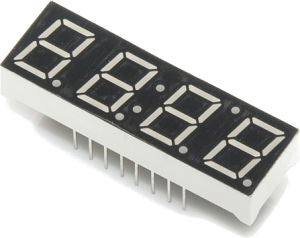
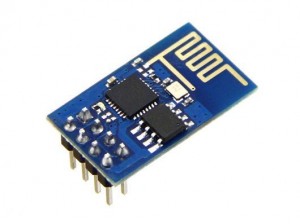
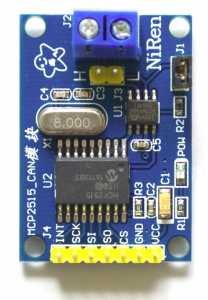
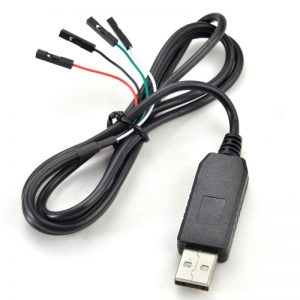
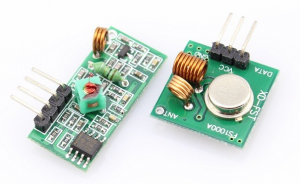
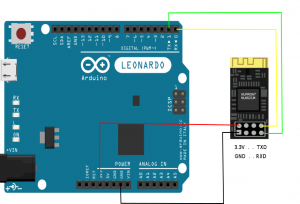
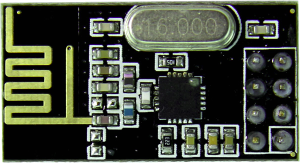


Recent Comments